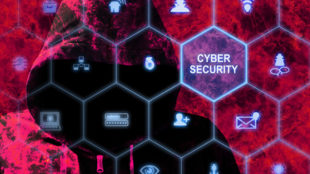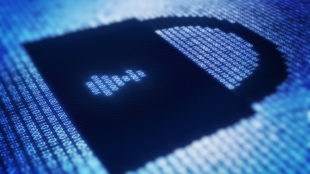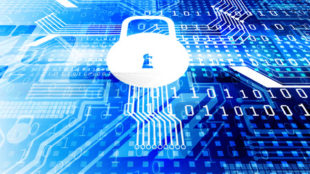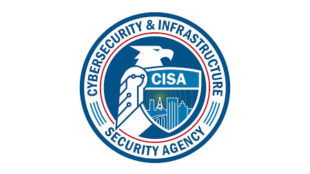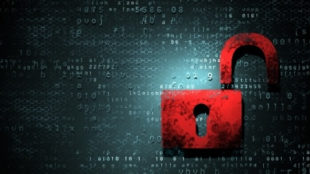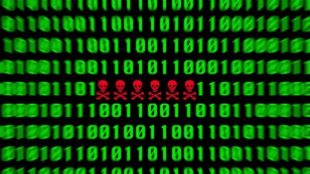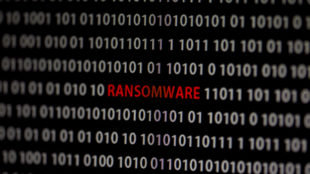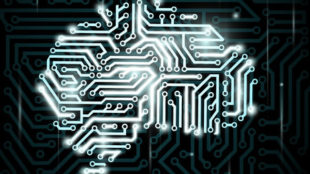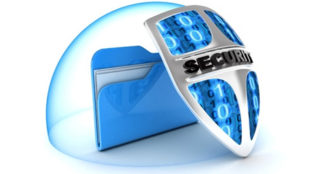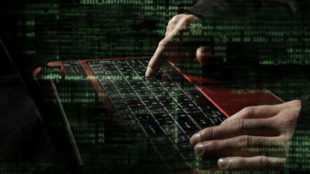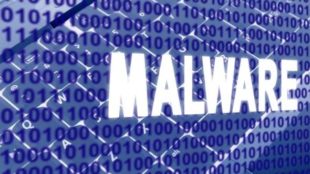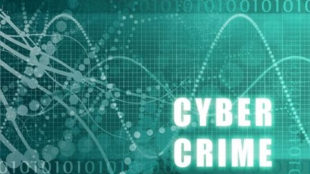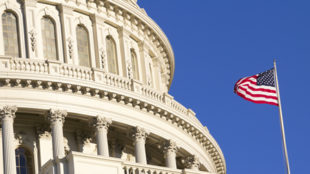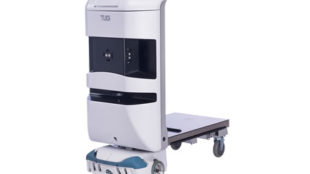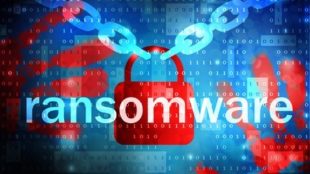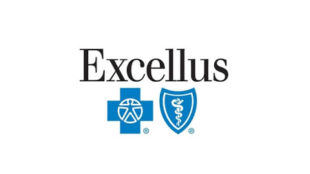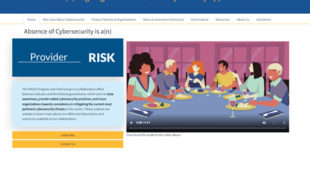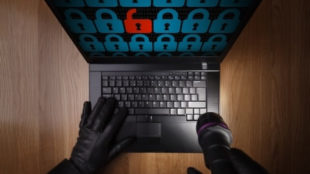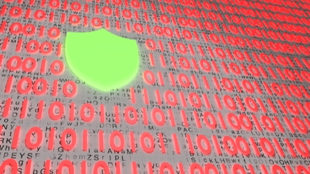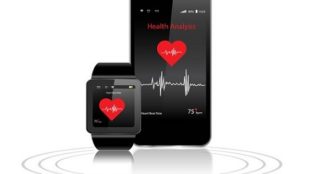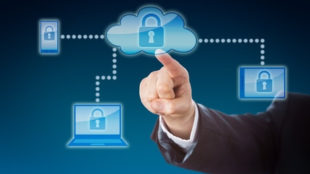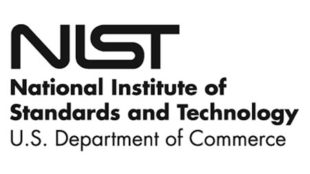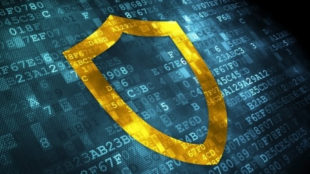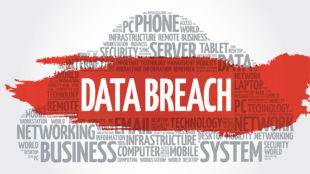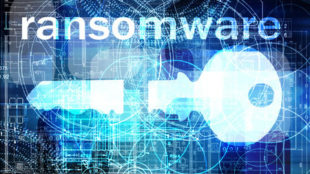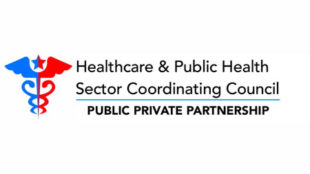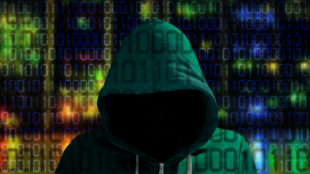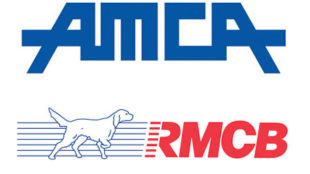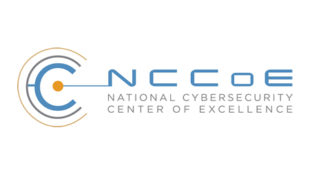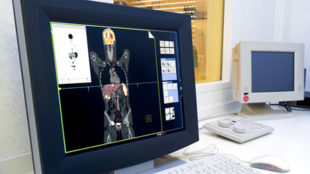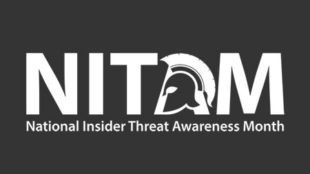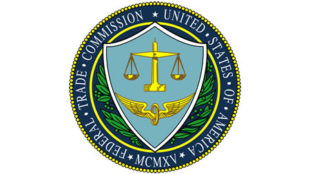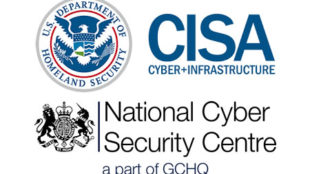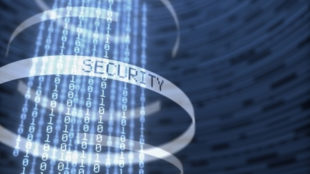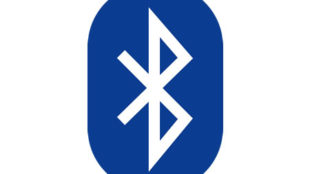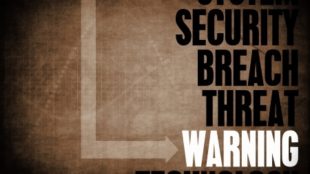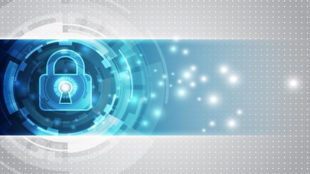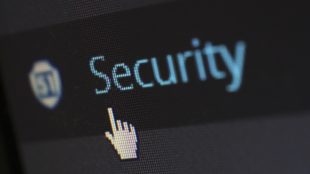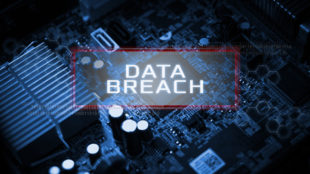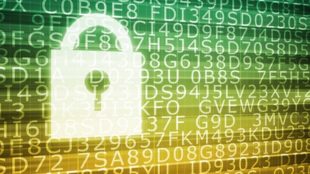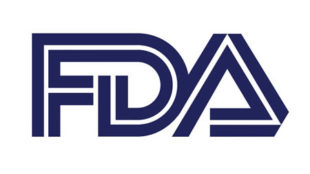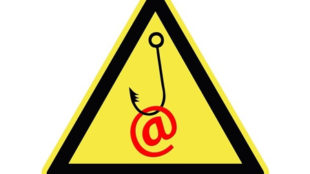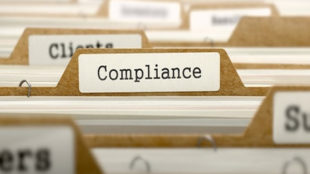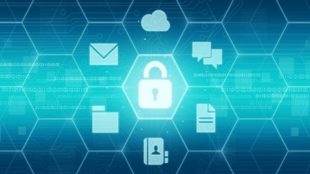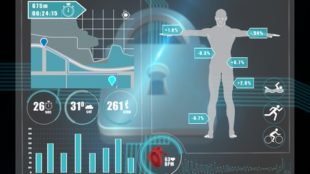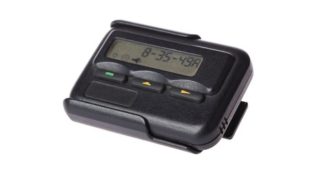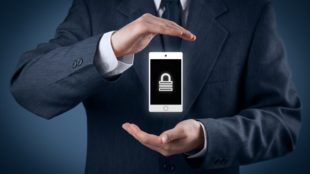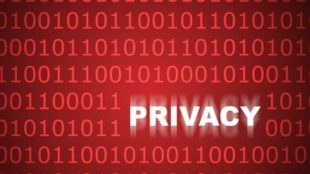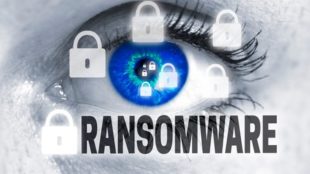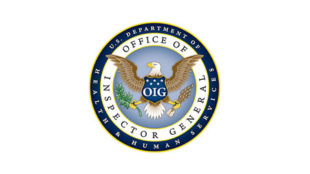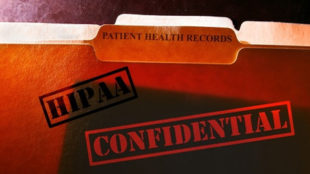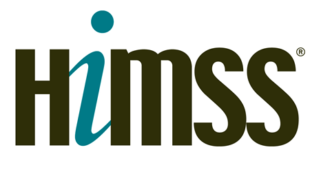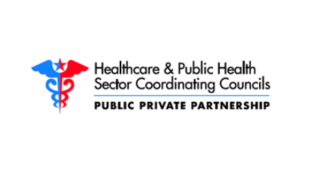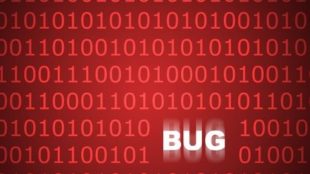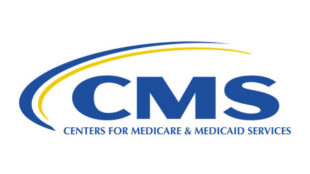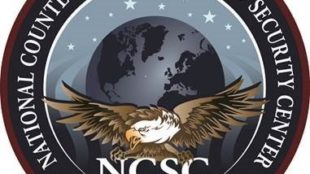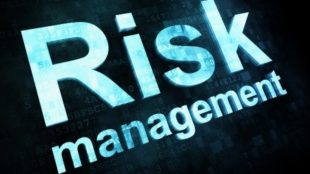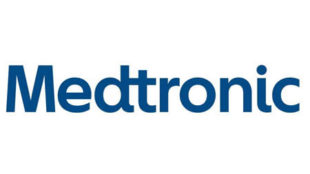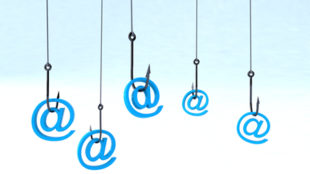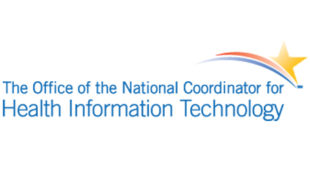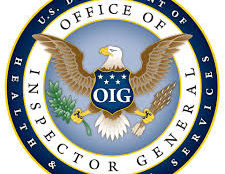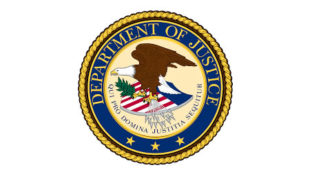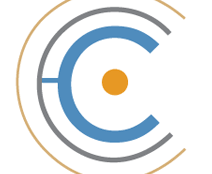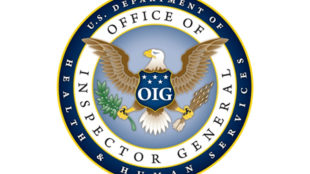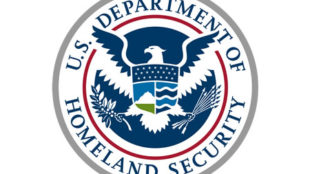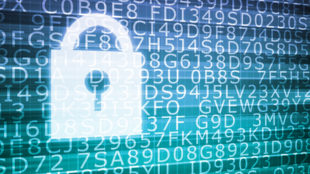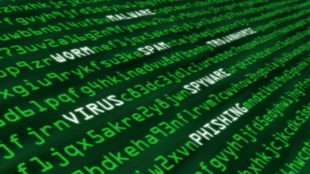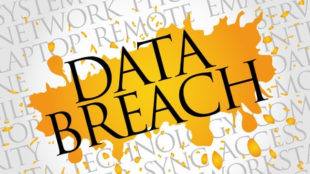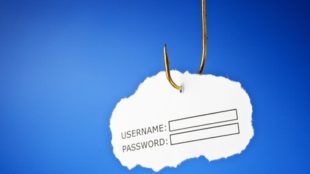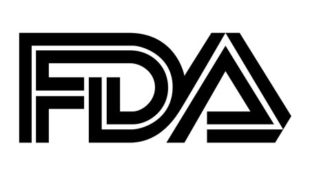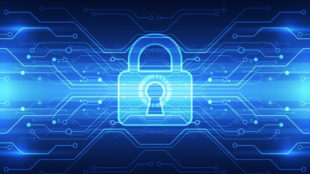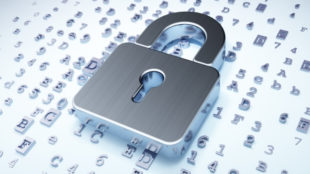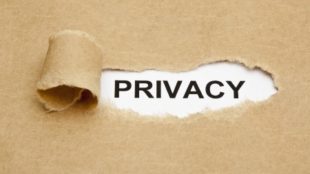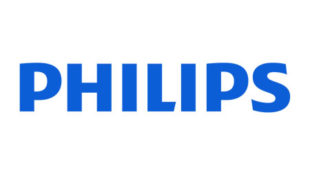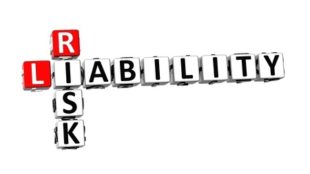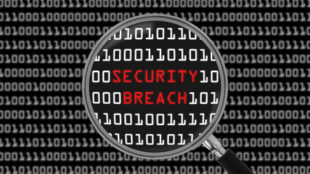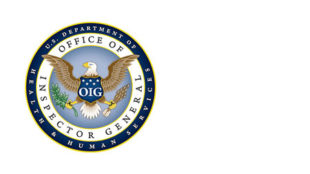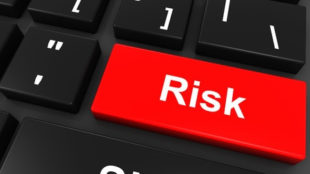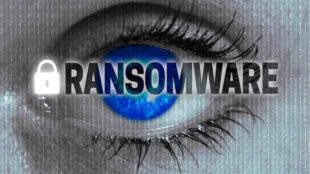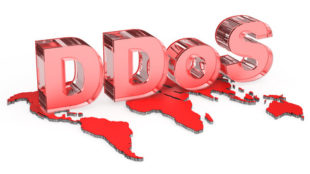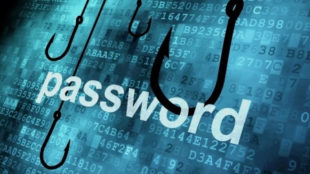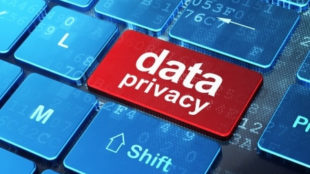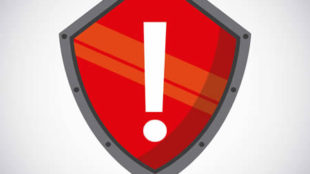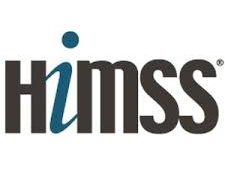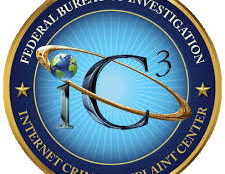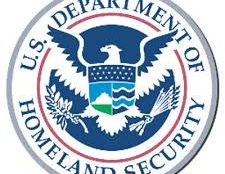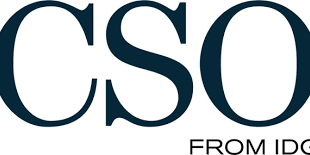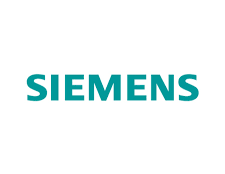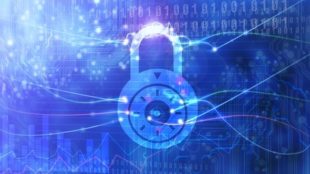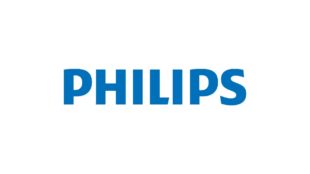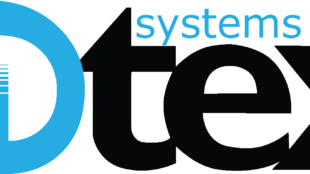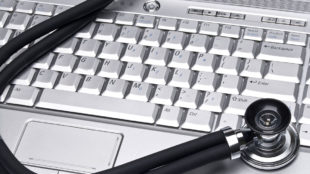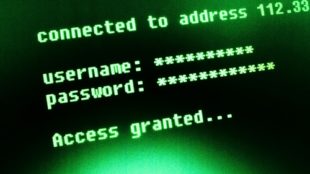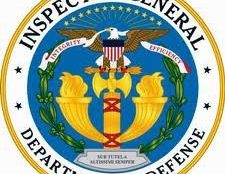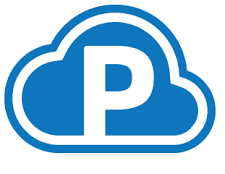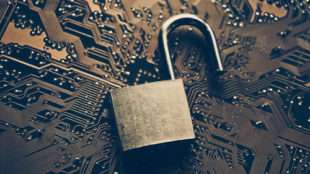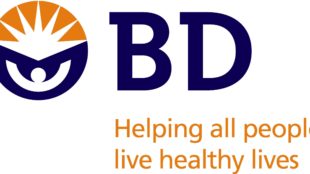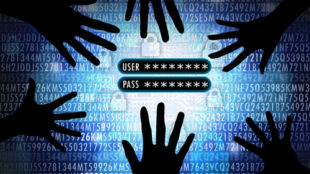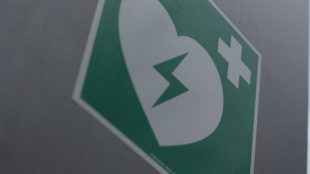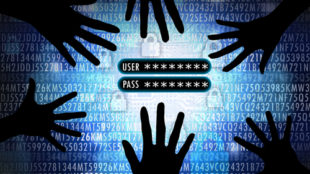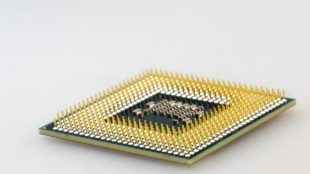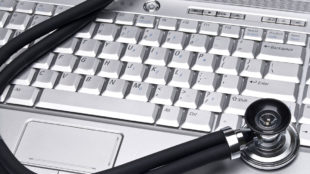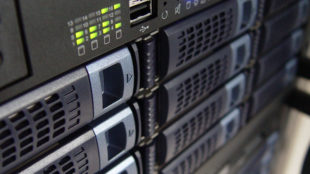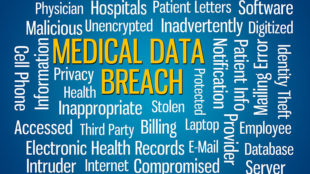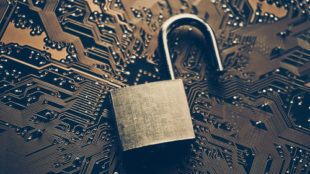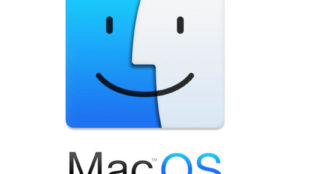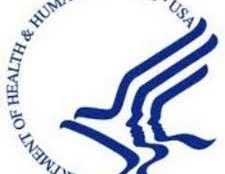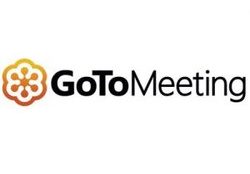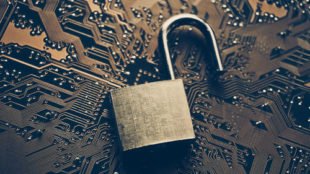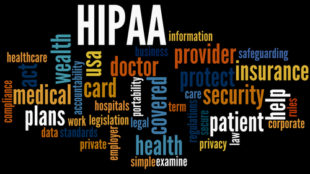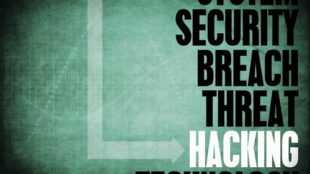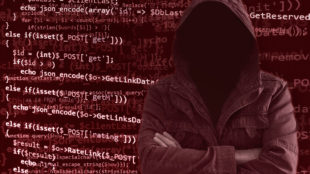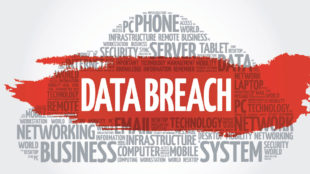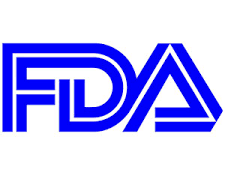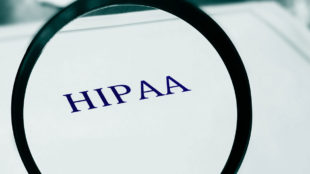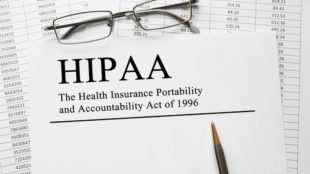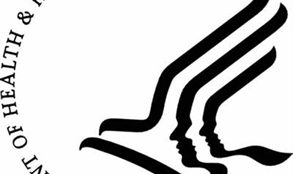
Healthcare Cybersecurity
“Cybersecurity” seems a buzzword of late, with multiple news and media outlets warning of stolen data, security breaches and phishing attacks. This is particularly problematic in the healthcare sector, where a single file of protected health information (PHI) can reach a value of thousands of dollars on the black market. Theft of PHI places patients at risk of fraud, which can have devastating consequences. Thus, it is imperative that all healthcare providers and business associates that hold or have access to PHI employ adequate cybersecurity measures to protect that information.
The Security Rule
Since HIPAA was enacted in 1996, it has undergone many revisions and additions. When considering cybersecurity, the most relevant rule is the Security Rule (2005). This part of HIPAA specifically deals with electronic protected health information (ePHI). The Security Rule essentially lays out three different means of protection (administrative, technical and physical) that all covered entities (CEs) and business associates (BAs) must implement to be HIPAA-compliant. Of the three safeguards, the technical safeguards are most relevant to our discussion on cybersecurity.
The main technical safeguard is encryption, which ensures that data is protected from unauthorized access. Though this is termed an “addressable” requirement under HIPAA, the term is misleading. For a CE or BA to be HIPAA-compliant, they must use some form of encryption, or an equally secure technology, on all of their PHI.
Phishing
Phishing is when cybercriminals send fraudulent emails, messages, or use other means of communication to trick individuals into handing over sensitive information or installing malware. Oftentimes, the aim is to obtain login credentials which can be used to gain access to the network or email accounts and steal ePHI.
Anyone can be a target of phishing, so it is essential for all employees to be trained how to spot phishing emails. Identifying phishing emails can be difficult. Attacks often involve the spoofing of contacts and trusted businesses and social engineering techniques are used to convince targets that it is safe to disclose information. Simple tricks such as never sending private details over an email, opening attachments from unknown individuals, or visiting hyperlinks sent in emails can help to prevent individuals from falling for a phishing scam.
Phishing is particularly dangerous if it leads to the downloading of malware. Malware can take many forms, but ransomware has caused many problems over the last few years. Ransomware encrypts files to prevent access. A ransom is demanded to supply the keys to unlock the encryption. Many readers will be familiar with the “WannaCry” attacks that targeted healthcare providers around the world and put many patients at risk.
In the case of unavoidable and unforeseeable cyberattacks, where all the necessary precautions had been put in place but failed to prevent an attack, OCR will not issue financial penalties. However, it must be shown that before the attack, CEs and BAs were in compliance with all of the requirements of the HIPAA Security Rule.
Summary
Cybersecurity is an essential component of HIPAA compliance. Without appropriate cybersecurity controls, electronic copies of patient records are at risk of compromise. The biggest threats come from hackers who try to gain access to healthcare networks and email accounts and from “phishers” who use social engineering techniques to trick victims into divulging sensitive information.
Technical safeguards can be employed against both of these types of attacks, while staff training can help to ensure that employees spot phishing emails and do not respond.
HHS Releases Cybersecurity Performance Goals for the Healthcare and Public Health Sector
Healthcare Cybersecurity Mitigation Guide Published by CISA
New York Proposes Stricter Cybersecurity Regulations for Hospitals
Feds Warn of Active Exploitation of Zoho and Fortinet Vulnerabilities
59% Year-Over-Year Increase in Medical Device Vulnerabilities
Cyber Safety Review Board Shares Insights Gained from Lapsus$ Cyberattacks
Healthcare Sector Warned About Rhysida Ransomware Group
Healthcare Employees Targeted in SEO Poisoning Attacks
Healthcare Organizations Warned About Clop and MedusaLocker Ransomware Gangs
Healthcare Organizations Warned About Use of AI for Developing Malware
White Paper Outlines Potential Policy Changes to Address Healthcare Cybersecurity
Feds Sound Alarm About Threat of Cyberattacks on HPH Sector by Evil Corp Hackers
North Korean Hackers Using Ransomware to Attack Healthcare Organizations
Emotet is Back and Poses Significant Threat to the Healthcare Sector
Ransomware Attacks Increased by 13% in 2021
New Legislation Considered for Improving Medical Device Cybersecurity
Zero-Day Vulnerabilities Allow Hackers to Take Control of Hospital Robots
Feds Issue Updated Security Alert About Conti Ransomware
CISA Warns All U.S. Organizations to Raise Their Shields
Excellus Health Plan Settles Class Action Data Breach Lawsuit
HHS Launches Cybersecurity Web Resource for the Healthcare and Public Health Sector
States Introduce Laws Covering the Collection, Use, and Sharing of Genetic Data
HC3: Cobalt Strike Penetration Testing Tool Increasingly Abused in Attacks on the Healthcare and Public Health Sector
Study Reveals Healthcare Organizations Are Overexposing Sensitive Data
Maximum 7-Year Sentence for University of Pittsburg Medical Center Hacker
Study Reveals Large Gaps in Healthcare Security Awareness Training
FTC Confirms Health Apps and Wearable Devices Covered by FTC Health Breach Notification Rule
Cloud Security Alliance Issues Guidance on Combatting Ransomware in the Healthcare Cloud
Scripps Health Ransomware Attack Cost Increases to $112.7 Million
NIST Publishes Draft Update of Guidance on Developing Cyber-Resilient Systems
Low Cybersecurity Risk Ratings Associated with Higher Risk of a Hospital Data Breach
Average Healthcare Data Breach Cost Increases to $9.23 Million
Irish Health Service Executive Ransomware Attack Expected to Cost $600 Million
President Biden Urged to Provide More Funding and Support to Improve Healthcare Sector Cybersecurity
External Actors Now Cause More Healthcare Data Breaches than Insiders
Medical Debt Collection Firm Settles Data Breach Case with Coalition of 41 State AGs
Small and Medium Sized Healthcare Organizations Targeted by Ransomware Gangs
NIST Releases Final Guidance on Securing the Picture Archiving and Communication System (PACS)
More Than 45 Million Medical Images Containing PHI Stored on Unprotected Servers
September is National Insider Threat Awareness Month
Malicious Activity Detection and Mitigation Guidance Published by CISA
Medical Data Being Exposed via Public GitHub Repositories
Guidance Issued by HSCC and H-ISAC on Managing the Cybersecurity Tactical Response During a Pandemic
FTC Seeks Feedback on the Health Data Breach Notification Rule
CISA and NCSC Issue Joint Cybersecurity Alert About Ongoing Cyberattacks on Healthcare Organizations
FBI Warns About COVID-19 Cyberattacks and Healthcare Providers Targeted by Individuals Posing as OCR Investigators
Medical Devices Affected by SweynTooth Vulnerabilities, Warns FDA, CISA
Immediately Patch Windows Vulnerabilities Warns DHS and OCR
Study Suggests Security Enhancements After a Hospital Data Breach Negatively Affects Patient Outcomes
Guidance Issued on Securing Picture Archiving and Communications Systems
Guidance on Securing Corporate-Owned Personally Enabled Devices in Healthcare
Summary of July 2019 Healthcare Data Breaches
Third of Healthcare Employees Have Received No Cybersecurity Training
912,992 Records Exposed in Healthcare Data Breaches in March 2019
Improving Healthcare Organizations Cybersecurity Through Cross-sector and Bi-partisan Collaboration
Alert on Advanced Persistent Threats and Zero-Day Exploits Issued by OCR
Health Data is the Least Likely Type of Data to Use Encryption
Concerns Expressed about FDA Medical Device Security Guidance
Vulnerabilities Discovered in Medtronic CareLink Monitors, ICDs and Programmers
Healthcare Laptops are a Serious Security Risk
Study Confirms Healthcare Employees are Susceptible to Phishing Attacks
25% of Healthcare Companies Had a Mobile Security Breach Last Year
HIPAA Compliance in Conflict with Healthcare Cybersecurity
Senator Seeks Answers on Healthcare Cybersecurity from Government Agencies and Healthcare Orgaizations
Healthcare Associations Request Safe Harbor for Entities That Have Followed Cybersecurity Best Practices
Third-Party Apps’ Health Data Sharing With Facebook Investigated
NHS Announces Pagers will be Phased Out by the End of 2021
Final Mobile Device Security Guide Released by NIST NCCoE
Sensitive Health Information Shared in Facebook Closed Groups Allegedly Exposed
New Free Decryptor for GandCrab Ransomware v5.1 Now Available
Report Reveals 473% Increase in Healthcare Email Fraud Attacks in 2 Years
OIG Audit Findings of National Institutes of Health
Massive Annual Increase in Exposed Healthcare Records
HIMSS Cybersecurity Survey Reveals Phishing and Legacy Systems Major Security Concerns
Hackers Can Exploit Vulnerabilities in Security Cameras
HSCC’s New Cybersecurity Framework for Medical Devices
Radware Report Talks About Increasing Cost of Cyberattacks
US-CERT Issues Alert About Dräger Infinity Delta Patient Monitors Vulnerabilities
CMS Issues New Medicare Cards to Fight Fraud
Patient Health Information at Risk Due to Security Failures of the Department of Defense Health Agency
Feds Launch Awareness Campaign on Private Sector Cyber Risks
Hospitals Incur 64% Higher Advertising Costs After a Healthcare Data Breach
Increased Chinese Malicious Cyber Activity Prompts US-CERT to Issue IT Service Provider Warning
Voluntary Cybersecurity Best Practices for Healthcare Organizations Published by HHS
The Three Most Prevalent Security Weaknesses in Healthcare
Risk Management Framework Updated by NIST
Vulnerability Discovered in Medtronic Encore and CareLink Programmers
Study Reveals the Scale of Phishing Attacks and Value of Security Awareness Training
Intsights Found a Huge Number of Open and Misconfigured Healthcare Databases in the Cloud
ONC’s Easy EHR Issues Reporting Challenge Winners Announced
Serious Security Vulnerabilities Identified at Arizona Managed Care Organizations
Two Iranian Hackers Indicted for SamSam Ransomware Attacks
New Draft Paper on Telehealth and Remote Monitoring Device Cybersecurity Open for Feedback
OIG Reports on Top Management and Performance Challenges of HHS
CISA Act Calls for New Cybersecurity Agency Inside DHS
OIG Publishes Findings of Audit of FDA’s Policies and Procedures Covering Postmarket Cybersecurity Risk to Medical Devices
Less Than a Third of Healthcare Organizations Have a Comprehensive Cybersecurity Program
Healthcare Organizations Pummeled by SamSam Ransomware
Beazley’s Q3 Breach Insights Reports Shows Increase in Ransomware Attacks
OCR Recommends Cybersecurity Best Practices for Healthcare Organizations
MediaPRO Study Shows 75% of Employees Have Poor Security Awareness
Healthcare Data Breach Report for September 2018
Mobile Data Security and HIPAA Compliance
FDA-DHS Collaborate to Medical Device Cybersecurity
Most Common Phishing Emails Used by Cybercriminals in 2018
FDA Issues Alert Concerning Vulnerabilities in Medtronic Implantable Cardiac Device Programmers
HSCC to Issue Cybersecurity Best Practices for Medical Device Manufacturers and Healthcare Organizations
Medical Device Cybersecurity Regional Incident Preparedness and Response Playbook Issued by FDA
Healthcare Industry is More Susceptible to Phishing Attacks Than Other Industries
NIST’s New Guidance Document on Managing IoT Cybersecurity and Privacy
California Legislature Approves California Consumer Privacy Act Changes
FDA to Improve Reviews of Medical Device Cybersecurity
New Privacy Framework To Protect the Privacy of Workers and Customers
Two-Thirds of UK Companies Do Not Have Insurance for Data Breaches
Guidance on Securing Wireless Infusion Pumps for Healthcare Delivery Organizations
BD Announces Critical Vulnerability Found in Alaris Plus Medical Syringe Pumps
Healthcare Data Breach Report for July 2018
Vulnerabilities Found in Philips IntelliVue Information Center iX and PageWriter Cardiographs
70% of Healthcare Companies Do Not Have Cybersecurity Insurance
Survey Reveals Insufficient Anti-Phishing Controls in Place in U.S. Businesses
Vulnerabilities in Philips IntelliSpace Cardiovascular Products Discovered
Serious Vulnerabilities Discovered in Maryland’s Medicaid Management Information System
Flaws in Patient Monitors Could Allow Hackers to Alter Vital Signs Data
Vulnerabilities in Fax Machines May Allow Network Access and Exfiltration of Sensitive Data
New Phishing Websites Detections Rose By 46 Percent in Q1, 2018
SamSam Ransomware Attack on Atlanta Likely to Cost $17 Million to Resolve
More Than 3.14 Million Healthcare Records Were Exposed in Q2, 2018
Over 20 Serious Vulnerabilities Found in OpenEMR Platform
Hacktivist Convicted for DDoS Attack Facing 15 Years in Jail
Email Account Compromises Leading Cause of Q2 2018 Data Breaches
New Guide for Securing Electronic Health Records on Mobile Devices Released by NIST/NCCoE
Consumers are Less Concerned About Breaches of Health Data Than Financial Data
US-CERT Warns About Increasing ERP System Attacks
API Vulnerabilities and USB-Related Cyberattacks Identified
2017 FBI Internet Crime Report Shows Harm Caused by BEC Attacks
Vulnerabilities Identified in Natus Xltek NeuroWorks Software
Cofense Triage is One of the Top Security Software Solutions of 2018
Vulnerabilities in Siemens RAPIDLab and RAPIDPoint Blood Gas Analyzers Announced by Siemens
Healthcare Providers Lack Funds to Improve Medical Device Security According to Survey
Vulnerabilities Found in Philips IntelliVue Patient and Avalon Fetal Monitors
Update on BeaconMedaes TotalAlert Scroll Medical Air Systems Web Application Vulnerabilities
Difficulty Solving Healthcare Data Breaches Due to Lack of Visibility into Employee Activity
Many Healthcare Organizations Use DMARC But Fail to Implement It Effectively
NIST Cybersecurity Framework Certification Now Available at HITRUST
Taking on the Challenge to Resolve Cybersecurity Vulnerabilities
Why Healthcare Organizations Suffer More Cyberattacks than Other Industries
90,000 Health Records Exposed Due to Phishing Attacks on Healthcare Organizations
Vulnerabilities Found in Phillips, Silex and GE Medical Devices
DoDIG Audit Report on Navy and Air Force EHR and Security Systems
How Tristar Medical Group Reduced its Cloud Costs by 60%
The Impact of Increasing SamSam Ransomware Attacks
BD Leads Medical Industry with Proactive Resolution of KRACK Vulnerability
Healthcare Industry Attacked by New Orangeworm Threat Group
Firmware Update Fixes Vulnerabilities in Abbot Laboratories Defibrillators
6,550 Jemison Internal Medicine Patients Potentially Affected by Ransomware Attack
Ransomware Attack on Coastal Cape Fear Eye Associates Impacts 925 Patients
How Can Healthcare Organizations Prevent Phishing Attacks?
How HIPAA-Covered Entities Can Prepare Against the Spectre and Meltdown Chip Vulnerabilities
Cryptocurrency Malware Found in Decatur County General Hospital’s Server
Ponemon Institute Surveys CISOs on Cyberattack Risks in 2018
53,000 Pharmacy Patients’ PHI Exposed Due to Phishing Attack
Things to Remember When Reporting 2017 HIPAA Data Breaches
Healthcare Industry Affected by the Increasing New Malware Detected in 2017
Study Reveals Why Healthcare Organizations Fail to Meet Their Cybersecurity Goals
NIST Accepting Comments on the Second Draft of the Cybersecurity Framework
Digital Smart Pen and IV Infusion Pump Vulnerabilities Threaten Patient ePHI
Apple Fixed a Serious Flaw in MacOS High Sierra
PHI of Colorado Mental Health Institute Patients Exposed Due to Phishing Scam
HHS Pressed to Act on Cybersecurity Task Force Recommendations for Medical Device Security
Can HIPAA-Covered Entities Use GoToMeeting?
British Man Linked to The Dark Overlord Hacking Group Given 3-Year Jail Sentence
MongoDB and AWS Implement New Security Features to Prevent Unauthorized Data Access
When is the Best Time to Promote HIPAA Awareness?
Lack of Awareness on Phishing and Data Security Training Exposed in New Study
Five Current Cybersecurity Threats Highlighted in HIMSS Report
Bad Rabbit Ransomware Spread Via Fake Flash Player Updates
NotPetya Wiper Attack: Nuance Communications Urged to Share Information on Cyberattack
Using Blockchain For a More Secure Medical Records System
HIPAA-Compliant Cloud Computing Platforms and Their Benefits
OIG Reports Several Security Vulnerabilities with Alabama’s Medicaid Management Information System
Delays in Patient Notification By Augusta University Medical Center Unexplained
PHI of Over 26,000 Patients Exposed Due to Arkansas DHS Privacy Breach
UPMC Employees Found to Have Taken and Disclosed Photos of Patient’s Genital Injury
Final Premarket Guidance to Help Medical Device Companies to Secure Data Exchange Now Released By FDA
Greater Oversight Needed to Avoid Mailing Error and PHI Breach
Neurology Foundation’s Former Employee Violated HIPAA Law and Company Policies
PHI Breach Reported By Alaska DHSS and Kaiser Permanente
Copyright © 2007-2024 The HIPAA Guide Site Map Privacy Policy About The HIPAA Guide Terms and Conditions Accessibility Statement
